De Havilland Caribou RAAF
Production Time 9 to 10 weeks
Shipment is by FedEx, UPS or DHL International Express Courier with a normal door-to-door delivery time worldwide of within 2-3 business days after dispatch. Due to the current volatility of world fuel prices, the amount mentioned here is our best estimate for DHL and UPS and may be subject to change at the time of shipping.

Model Description: De Havilland Caribou RAAF Wood Replica Scale Custom Model Aircraft
Manufacturer: De Havilland Canada
Wingspan: 17 Inches (43.2 Centimeters)
Height: 5.6 Inches (14.2 Centimeters)
Scale: 1:68
Registration: A4-236
$239.50
Production Time 9 to 10 weeks
-
United States dollar ($)
-
Pound sterling (£)
-
Euro (€)
-
Australian dollar ($)
-
Canadian dollar ($)
-
Singapore dollar ($)
-
Swiss franc (CHF)
-
Japanese yen (¥)
-
Danish krone (kr.)
-
Hong Kong dollar ($)
-
Norwegian krone (kr)
-
Swedish krona (kr)
-
United Arab Emirates dirham (د.إ)
General Product Description
Our PlaneArts De Havilland Caribou RAAF model exhibits unique, unrivaled quality and detailed design to come as close as possible to the accuracy of the actual plane. It comes as standard with a robust, durable base or stand which is available in a variety of different finishes designed to match your own personal requirements including solid wood, wood with polished metal supports or adjustable wood wall mount and will be ready within about 9-10 weeks from placement of order.
The De Havilland Caribou RAAF model is made of the finest kiln dried renewable mahogany wood (commonly known as Lauan or Meranti) which has undergone many stages of carving and meticulous and careful sanding giving the beautiful, finished museum quality masterpiece. Many collectors and model connoisseurs demonstrate their preference for genuine handmade and hand painted mahogany wood models rather than plastic or die cast (diecast) alternatives due to the overall look and totally different feel of the item - we trust you will find the same. We can however, if required produce the same model in Solid Cast Resin so just click and contact us for further information. Our craftsmen and gifted artisans ensure that our finely handcrafted model airplanes match the precise blueprint details of the original aircraft. The paint scheme, markings and parts are closely matched, reflecting the original aircraft. This stylish top-quality desktop replica model will surely enthrall anyone who receives this as a gift and for sure one of the most appropriate and desirably collectable gifts for any military aviation enthusiast and avid aircraft collector whilst also displaying a perfect resemblance to the actual real life version.
There are many types of military propeller aircraft, but the basic types are bombers, fighters, fighter bombers, spotter planes, transporters, patrol aircraft, trainers, and reconnaissance and observation aircraft. All these types of aircraft are used for different types of missions. If you're a fan of historic or present-day military aviation, our model aircraft will bring the excitement and character of these aircraft right into your own home. You can order a wood airplane model of a North American B-25 Mitchell Bomber, a B17 - Flying Fortress, or a P-51 Mustang Nervous Energy V not forgetting the Bf 109, Spitfire, FW 190, A6M Zero, P-38 and F4U. These classic, propeller airplane models are of the highest quality. Each is individually crafted by our expert craftsmen. They produce handmade scale mahogany airplane models of the finest aircraft from World War I and II to present day biplanes and triplanes.
If you require, we can also make the De Havilland Caribou RAAF model in any other military, government or even private livery or colour scheme you require and if necessary, in a different size or scale. Just click here to contact us with a description or photographs of what you require, and we will let you have a quotation for the necessary customization by return email. We can also make bespoke scale replicas of any other private / civil commercial airliner or airliners, helicopter, glider, gliders with engines, military jet, warplane jets, biplane, triplane, tail fin, spacecraft, rocket or NASA model you require in any airline, military or civilian livery or colors. We also produce model airships, blimps, dirigibles, blimps, boats, and ship collectibles. Wall plaque or seal for military, government or private customers. Again, by clicking here to contact us just let us know exactly what you need.
The De Havilland Caribou: Backbone of the RAAF Tactical Airlift
The De Havilland Canada DHC-4 Caribou has been an instrumental aircraft in the tactical airlift and logistics capabilities of the Royal Australian Air Force (RAAF) for decades. Since its introduction, the Caribou has served with distinction, offering unparalleled service in operations both domestically and across the globe. This rugged, versatile aircraft has proven itself in the most demanding of conditions, cementing its place in military aviation history. Here, we explore the key features and historical significance of the Caribou within the RAAF.
Unmatched Versatility and Performance:
The De Havilland Caribou was designed in the 1950s, with the RAAF becoming one of its primary operators. The aircraft’s design focuses on short takeoff and landing (STOL) capabilities, allowing it to operate in rugged, unprepared fields and remote locations that are inaccessible to most other aircraft. This capability has been essential for humanitarian aid, disaster relief, and military operations, where access to conventional runways is often not an option.
Key Features:
- STOL Capabilities: The Caribou’s ability to take off and land in short distances is its most noteworthy feature. This has made it an invaluable asset in delivering troops, equipment, and aid to remote areas.
- Cargo Capacity: Despite its relatively compact size, the Caribou can carry substantial payloads, including vehicles, supplies, or up to 32 troops, making it an efficient transporter for military and aid missions.
- Rugged Design: Built to withstand harsh conditions and demanding operations, the Caribou’s durability has been proven across various environments, from the deserts of the Middle East to the jungles of Southeast Asia.
- Operational Flexibility: The aircraft’s design and capabilities allow for a wide range of operations, including aerial supply drops, casualty evacuation, and troop transport, showcasing its adaptability to different mission requirements.
Historical Significance:
The De Havilland Caribou entered RAAF service in the 1960s, quickly becoming a workhorse for Australia’s military operations. Its operational debut highlighted the aircraft’s ability to support ground operations in a manner previously unattainable, delivering critical supplies and providing support to troops in combat zones. The Caribou’s service during the Vietnam War is particularly noteworthy, where it operated under challenging conditions to supply and evacuate forces involved in the conflict.
Beyond its military utility, the Caribou has also been a vital asset in humanitarian missions. Its ability to deliver aid directly to those in need, often in the aftermath of natural disasters, has saved lives and provided critical support to communities across the Pacific region and beyond.
Legacy and Retirement:
As technology advanced, the need for newer, more capable aircraft became apparent, leading to the gradual retirement of the Caribou fleet from active duty. The RAAF officially retired its Caribou aircraft in 2009, marking the end of an era. However, the legacy of the Caribou lives on, with several aircraft preserved in museums and through the memories of those who flew and maintained this iconic aircraft.
The De Havilland Caribou stands as a testament to the ingenuity and reliability of turboprop aircraft, demonstrating that innovation and adaptability are key to meeting the challenges of military aviation. Its contribution to the RAAF and its operations around the world will not be forgotten, as it remains an important chapter in the history of military aviation in Australia.
| Weight | 6 kg |
|---|---|
| Dimensions | 12.9 × 17 × 5.6 in |
Be the first to review “De Havilland Caribou RAAF” Cancel reply
Similar Models
Military Airplanes - Propeller
Military Airplanes - Propeller
Helicopters
Military Airplanes - Propeller
Military Airplanes - Propeller
Military Airplanes - Propeller
Military Airplanes - Propeller
Military Airplanes - Propeller
Military Airplanes - Propeller
Military Airplanes - Jet
Military Airplanes - Jet
Military Airplanes - Jet
McDonnell Douglas FA-18 Hornet Royal Australian Air Force RAAF
Military Airplanes - Jet
McDonnell Douglas FA-18 Hornet RAAF: Superior Aviation Mastery
Military Airplanes - Jet
Military Airplanes - Jet
Military Airplanes - Jet
McDonnell Douglas F-18 Hornet Royal Australian Air Force’s RAAF
Military Airplanes - Jet
Military Airplanes - Jet
Military Airplanes - Propeller
Military Airplanes - Jet
Military Airplanes - Propeller
Military Airplanes - Propeller
Military Airplanes - Propeller
Military Airplanes - Jet
Military Airplanes - Jet
Military Airplanes - Jet
Military Airplanes - Propeller
Military Airplanes - Propeller
Military Airplanes - Propeller
Military Airplanes - Propeller
Military Airplanes - Propeller
Military Airplanes - Propeller
Military Airplanes - Propeller
Military Airplanes - Propeller
Military Airplanes - Propeller
Military Airplanes - Propeller
Military Airplanes - Propeller
Military Airplanes - Propeller
Military Airplanes - Propeller
Military Airplanes - Jet
Military Airplanes - Jet
Military Airplanes - Jet
Military Airplanes - Jet
Military Airplanes - Propeller
Military Airplanes - Propeller
Military Airplanes - Propeller
Military Airplanes - Propeller
Military Airplanes - Propeller
Military Airplanes - Propeller
Military Airplanes - Propeller
Military Airplanes - Propeller
Military Airplanes - Propeller
Military Airplanes - Jet
Military Airplanes - Propeller
Military Airplanes - Propeller
Military Airplanes - Propeller
Military Airplanes - Propeller
Military Airplanes - Propeller
Military Airplanes - Jet
Military Airplanes - Jet
Military Airplanes - Propeller
Military Airplanes - Propeller
Military Airplanes - Propeller
Military Airplanes - Jet
Military Airplanes - Jet
Military Airplanes - Jet
Military Airplanes - Jet
Military Airplanes - Jet
Military Airplanes - Jet
Military Airplanes - Jet
Military Airplanes - Jet
Military Airplanes - Jet
Military Airplanes - Jet
Military Airplanes - Jet
Military Airplanes - Jet
Military Airplanes - Jet
Military Airplanes - Propeller
Military Airplanes - Jet
Military Airplanes - Jet
Military Airplanes - Propeller
Military Airplanes - Propeller

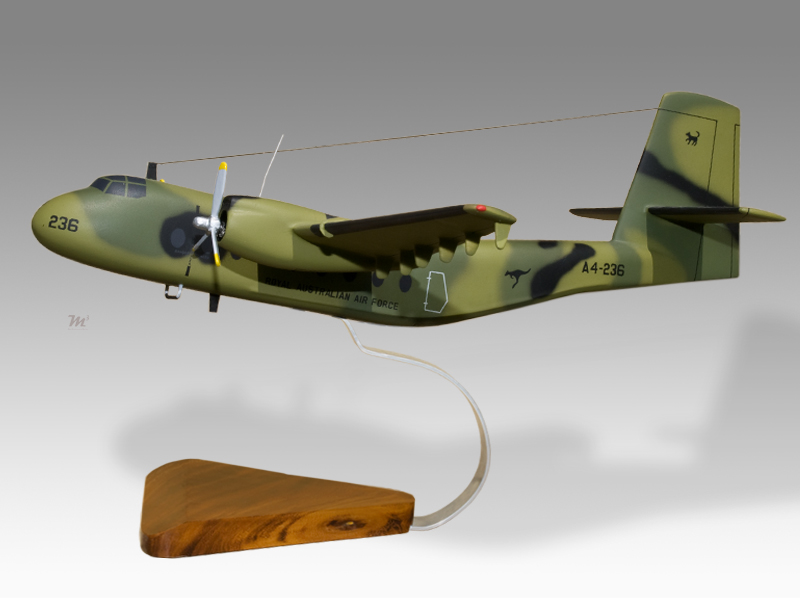
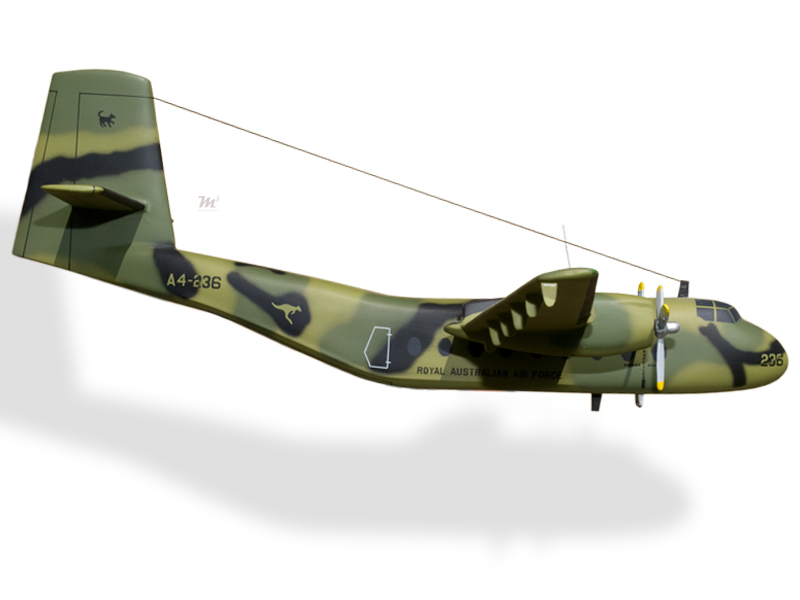
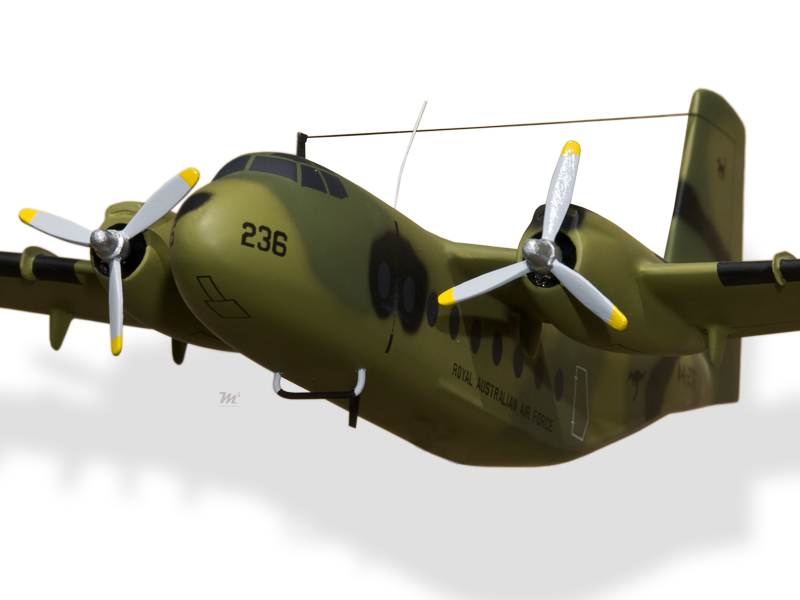
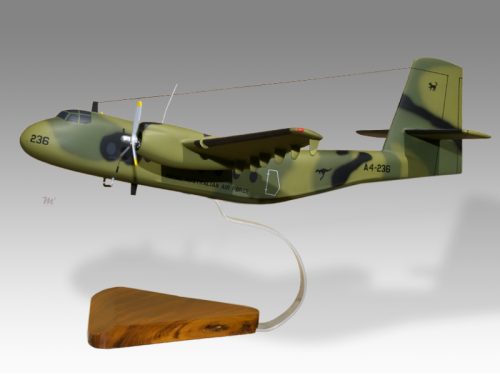

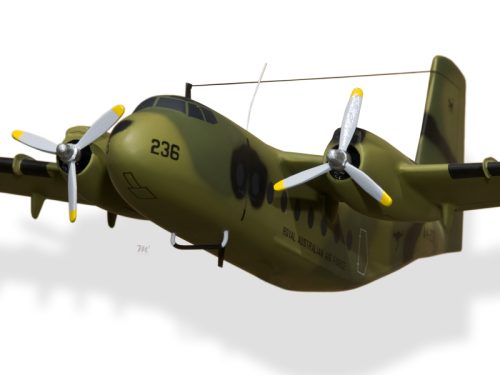
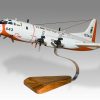
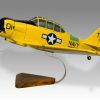
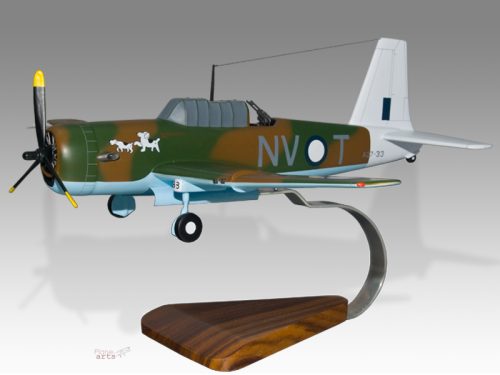


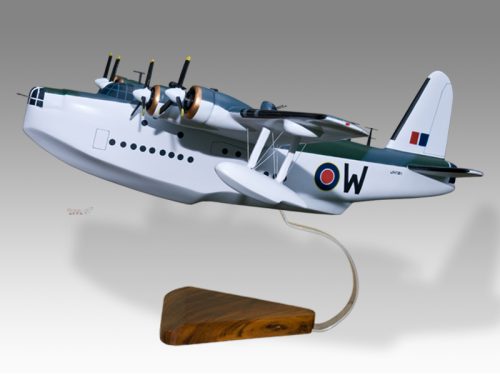
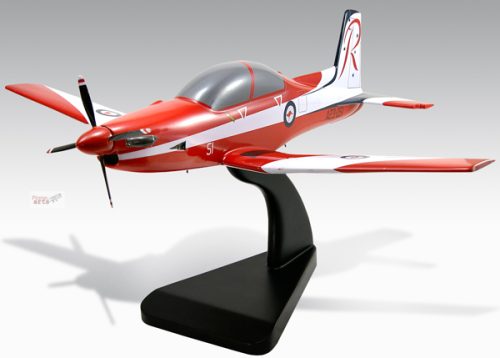
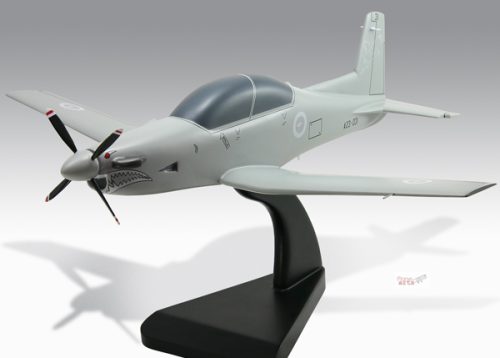
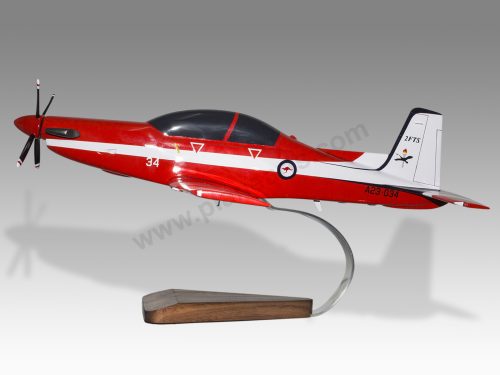
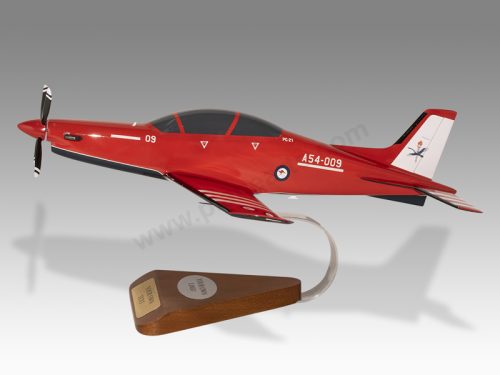
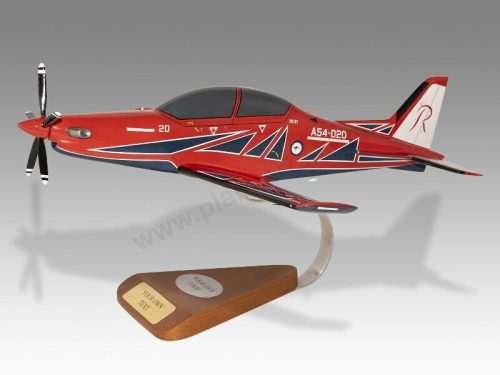


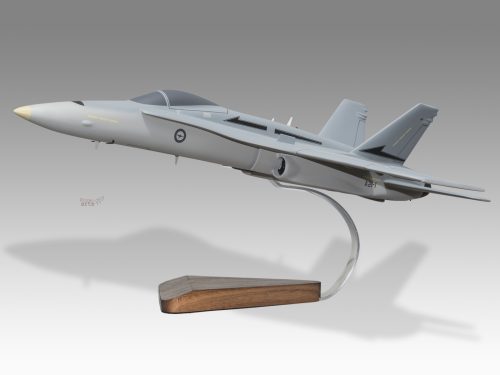
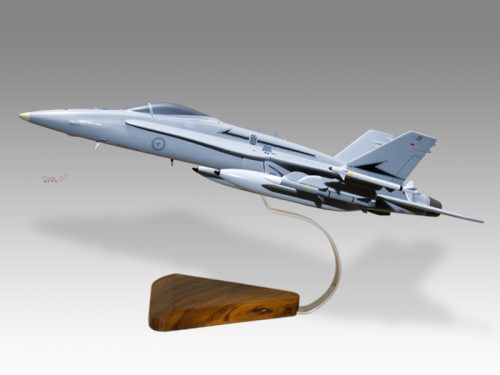

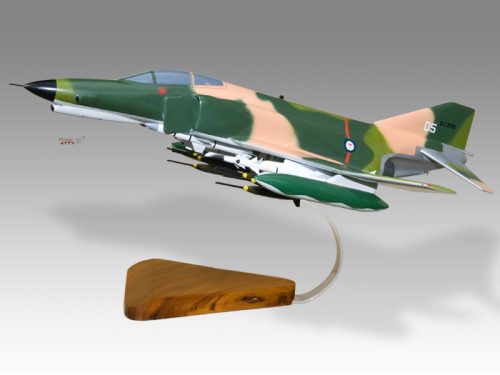
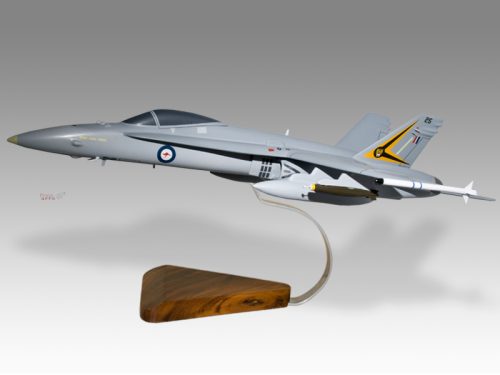

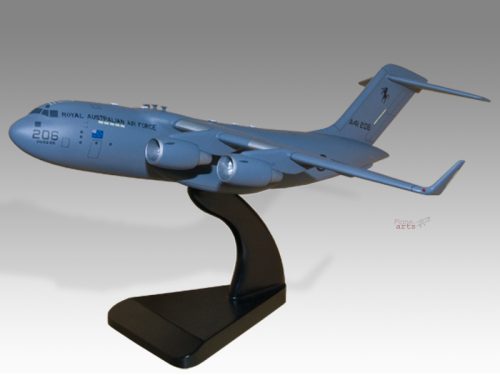
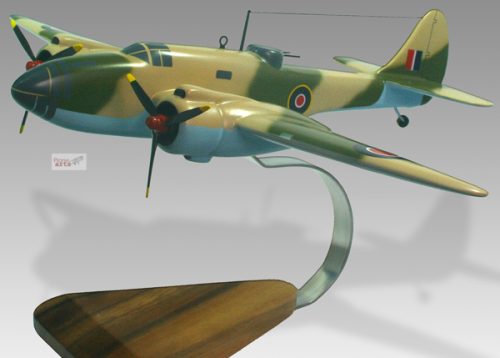

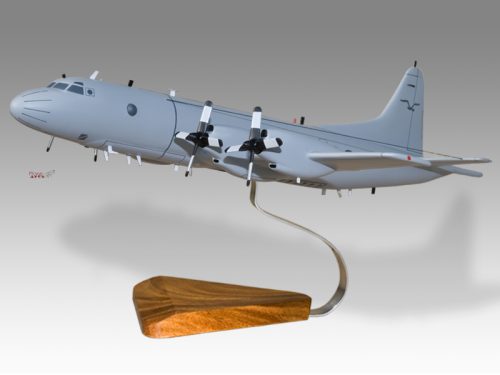
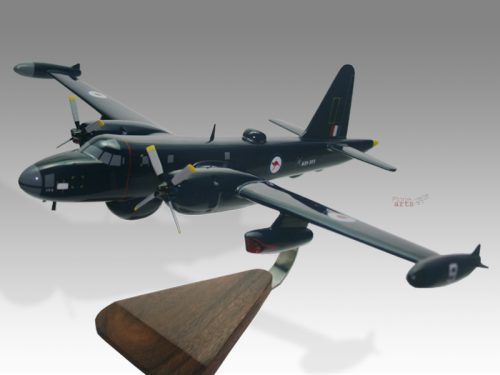
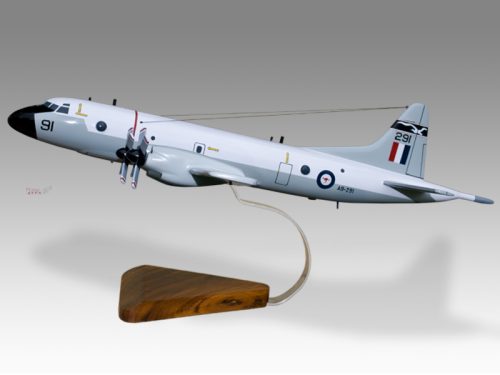
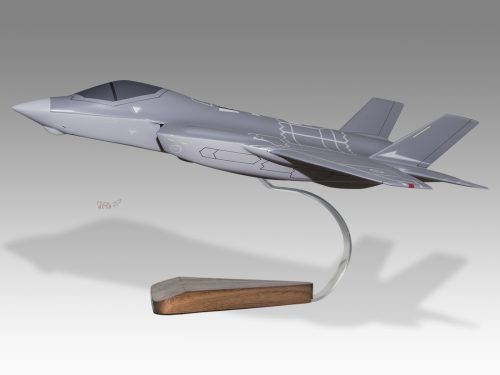
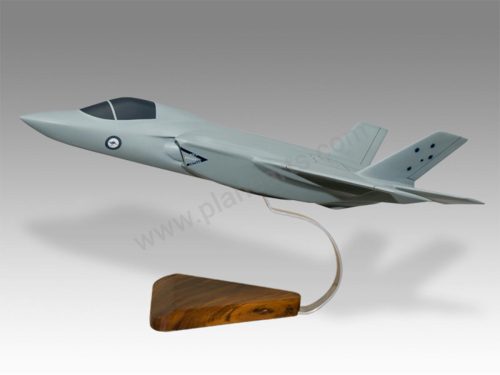
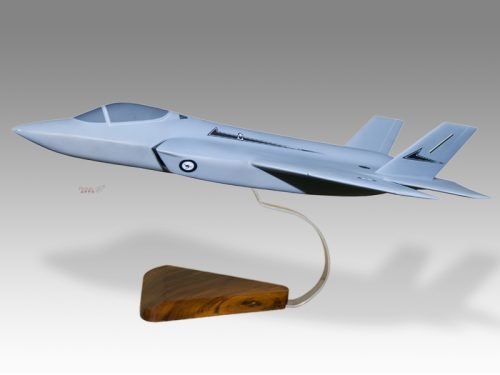
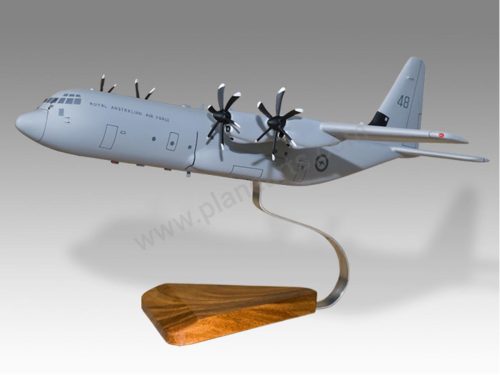


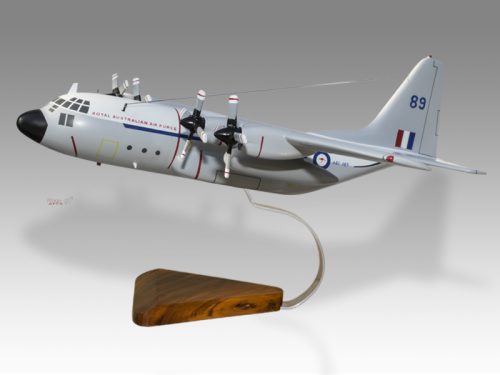
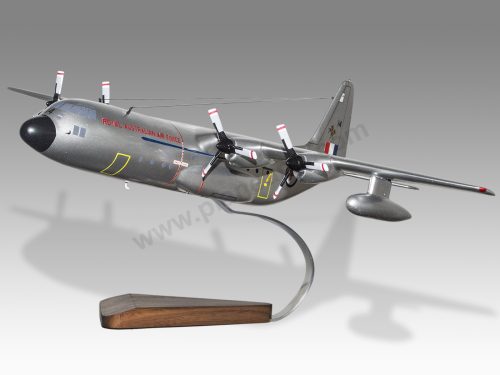
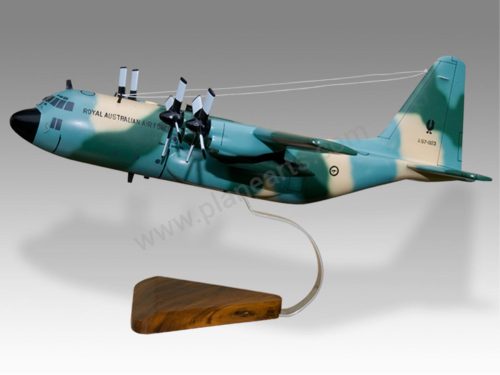
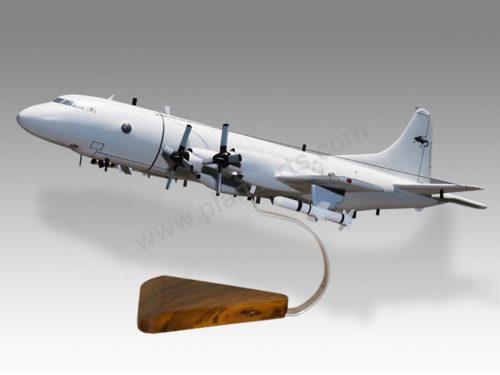
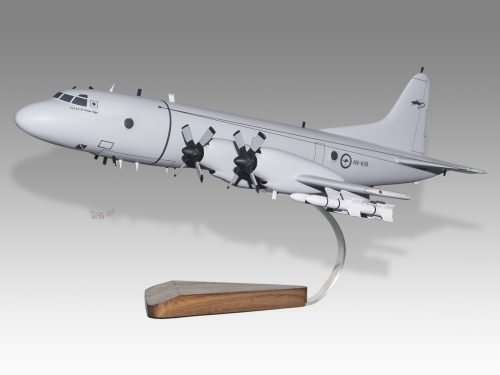
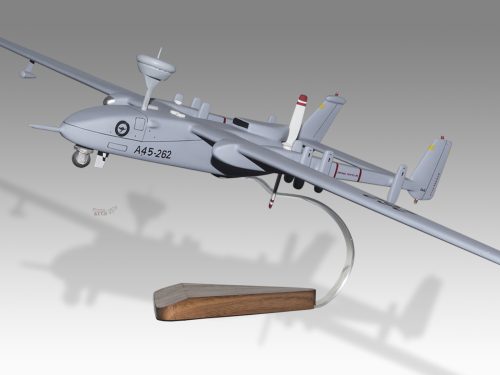

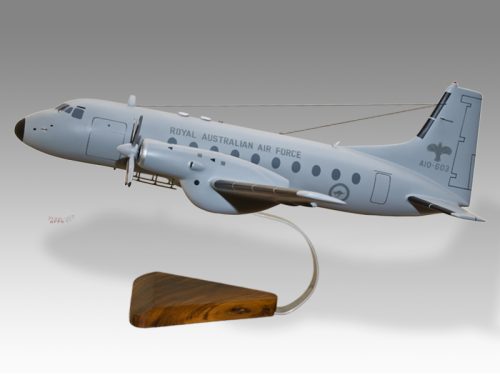
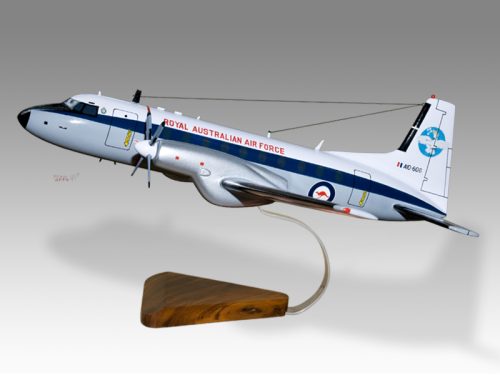

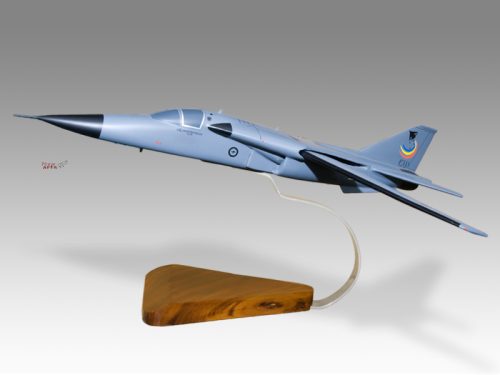
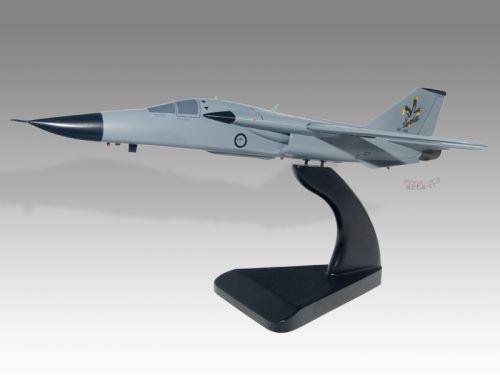
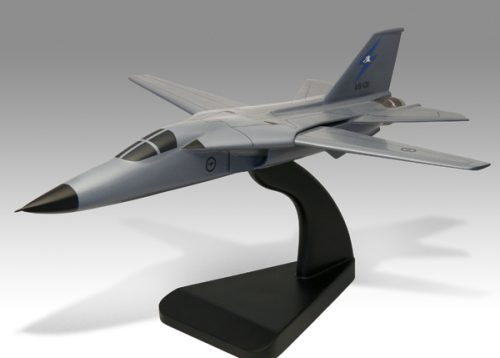
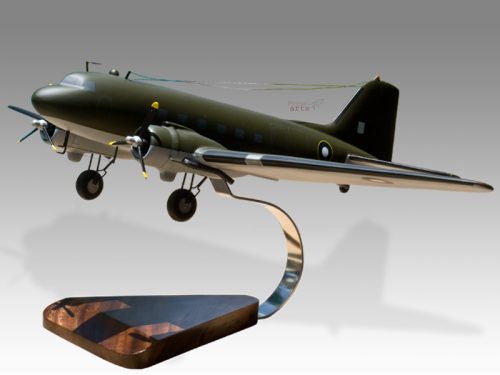




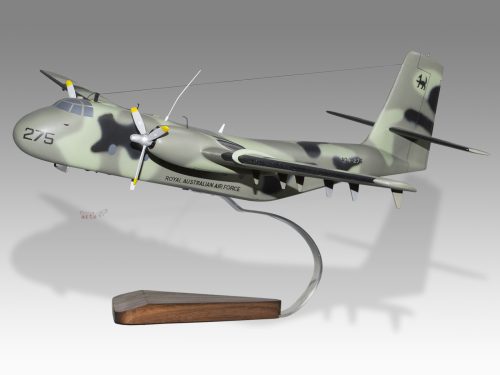
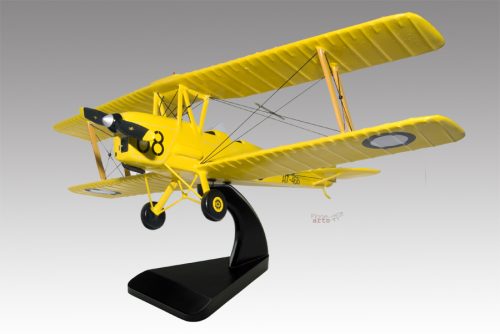
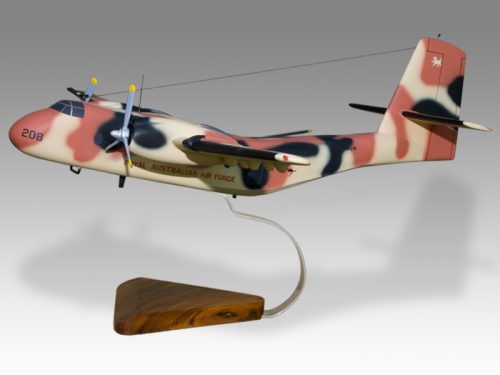
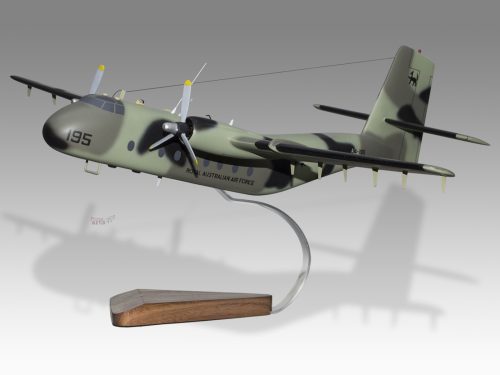
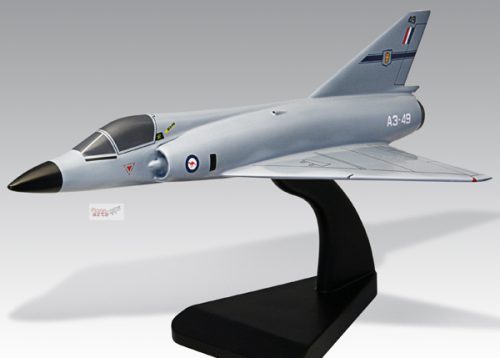

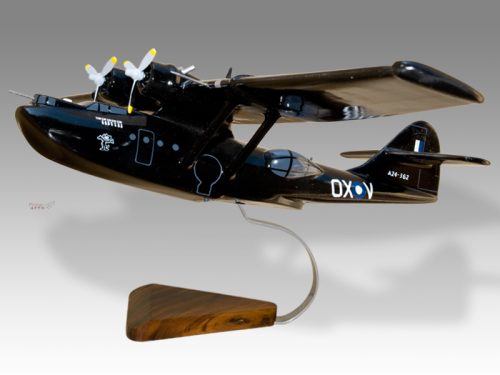
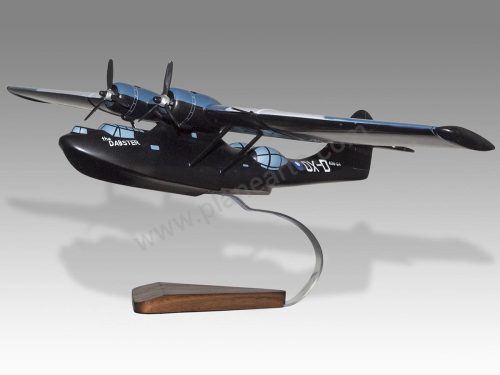
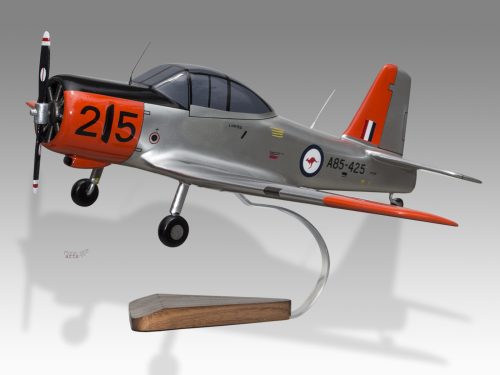

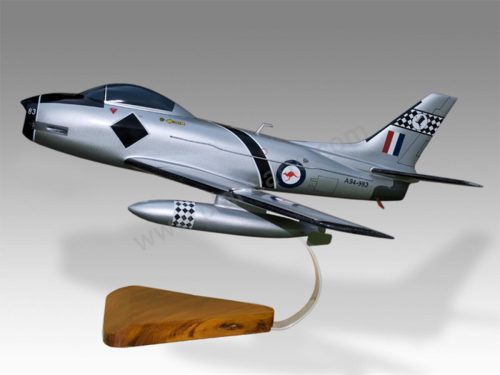
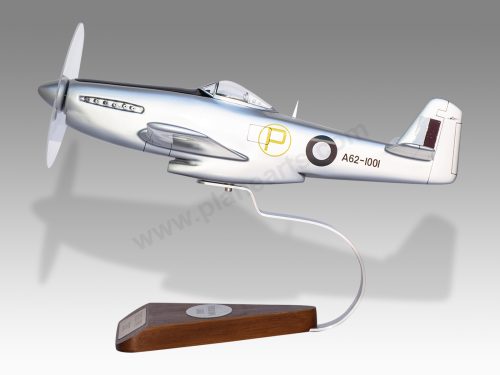

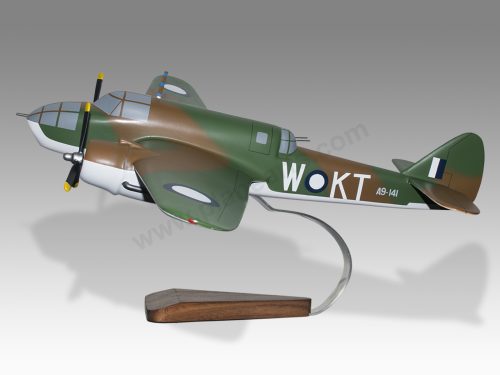

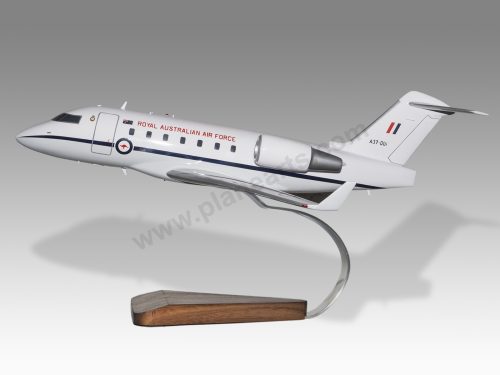



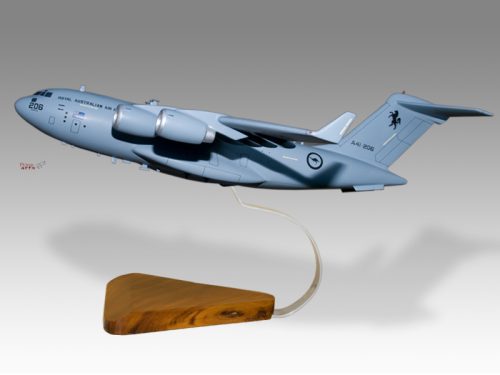
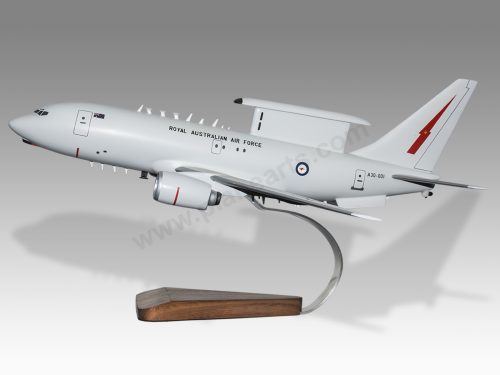
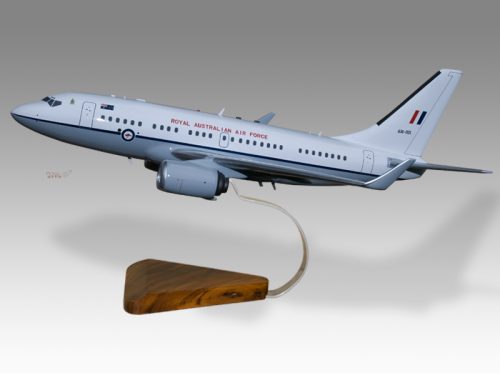

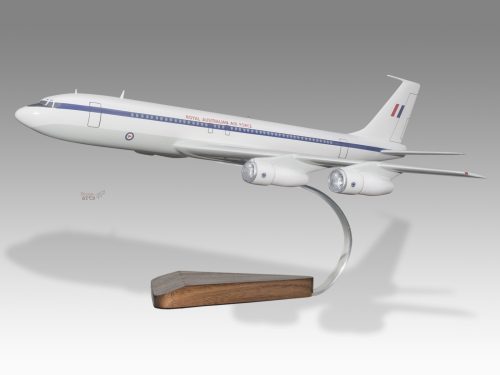
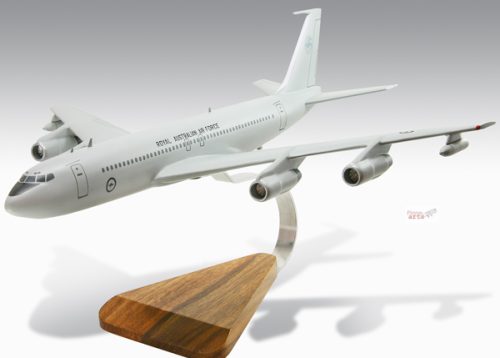

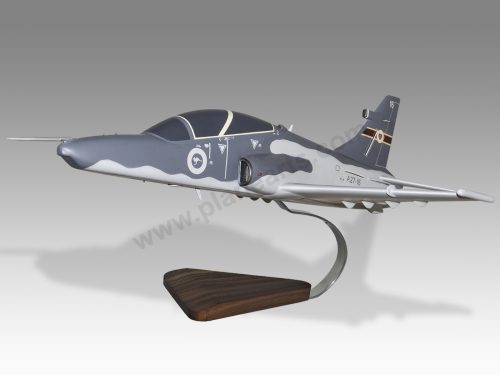
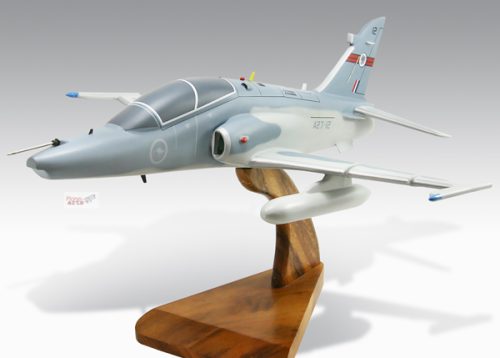
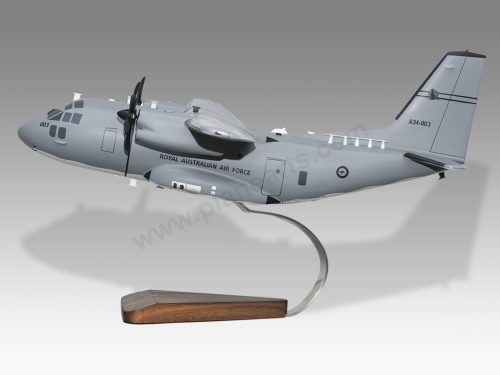

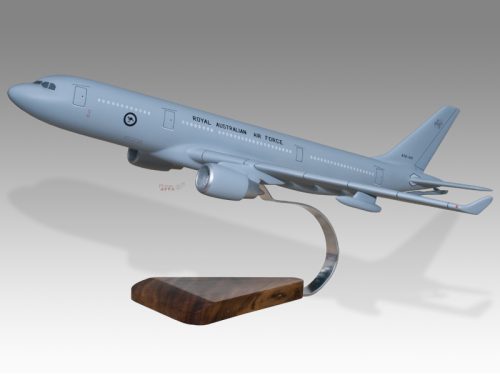
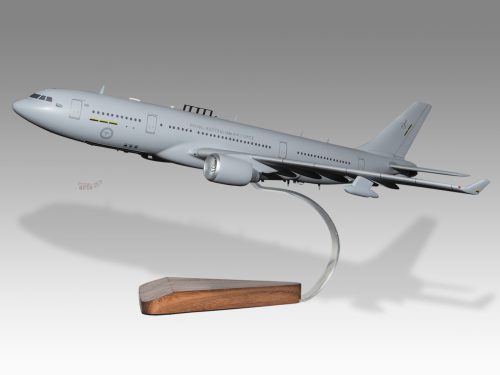
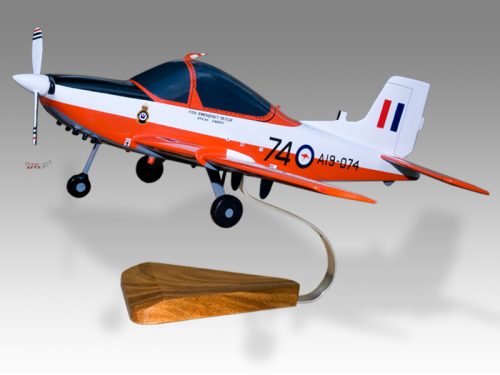

Reviews
There are no reviews yet.